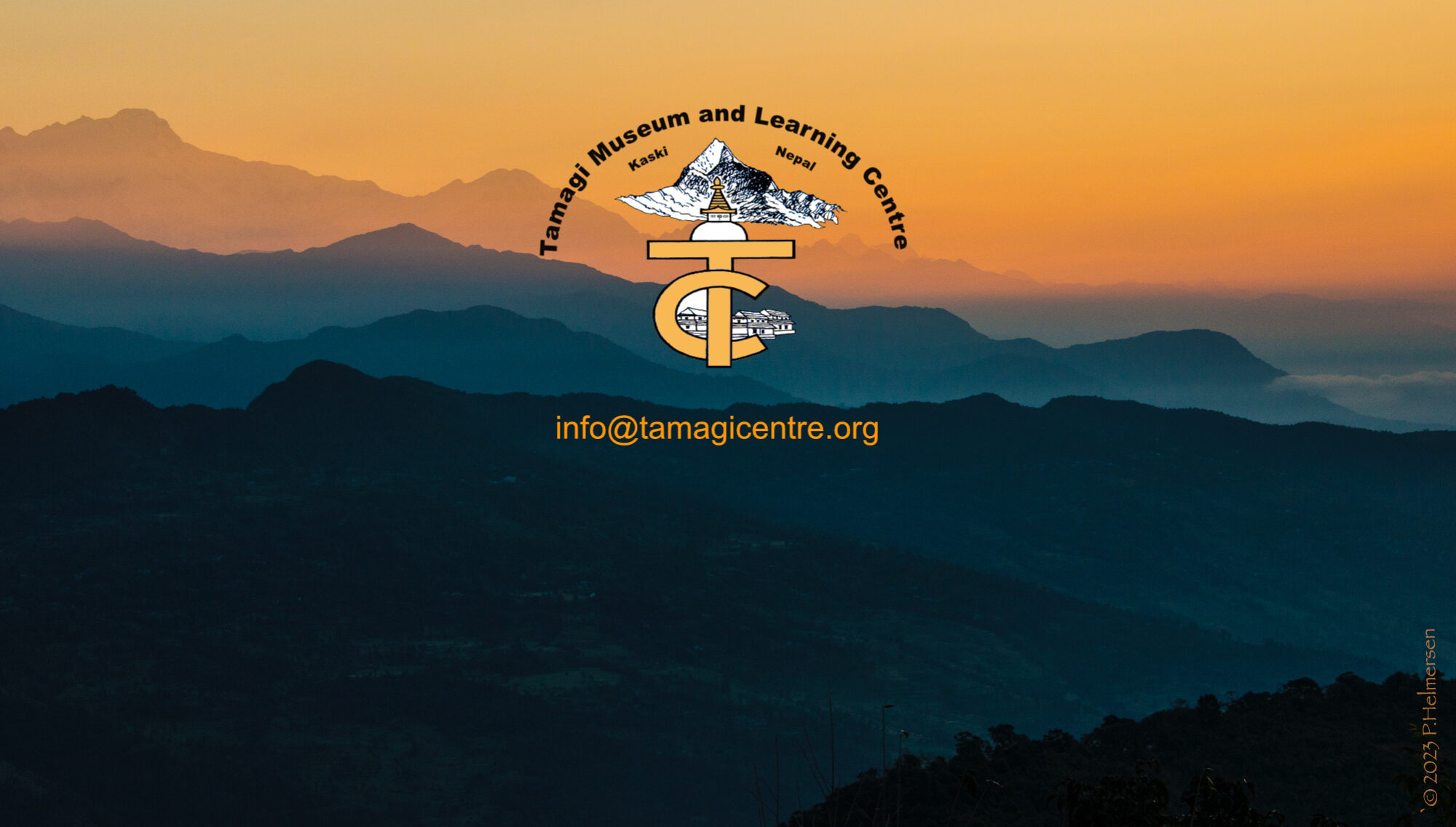
Through Per’s personal network, Hem and Per from TMLC project were invited to visit the Mid-Troms Museum (MTM) at Bardufoss in Norway’s northern region.
Lisa Bostwick, archeologist and Director of MTM, received us at Finnsnes and organized a full-day excursion to two of their museum sites. We were first taken to Senja Natur og Kultur Senter where an old primary school has been converted into a modern museum.
On our way back to Bardufoss Airport we were taken to Lenvik where we toured two adjacent community museums, one located in an abandoned vicarage and the other displaying the rich coast culture typical of the region in Norway. We were particularly impressed by the way this extensive network of small regional museums (click to see map) has been designed to provide locals and visitors with an integrated, illuminating and thought-provoking depiction of local culture.
In addition to touring the museums, we had an opportunity to interact with several of the museums’ extremely knowledgeable staff: Yngve (national park conservator), Ingrid (museum curator), Ellen (senior adviser), Håvard (adviser on coastal/maritime culture) and their enthusiastic boss, Lisa. Given the current requirements of TMLC, our attention was naturally focused on conceptualization and display: specifically, on how TMLC’s interpretation of local culture will be received by our primary target audience, young school children and present-day & former Tamagi residents. The information we received from MTM team members recruited from various disciplines and the insights it generated exceeded our expectations!
To conclude our visit, Hem was given an opportunity to run through a PowerPoint presentation of TMLC which hopefully served as an introduction to our current status and future needs. This presentation also highlighted the objectives and challenges shared by TMLC and MTM – unexpectedly, many similarities. Although separated by distance and culture, both are small museums in remote locations relying on local initiatives, resources and creativity. The visit concluded with an understanding that MTM and TMLC would find it mutually beneficial to explore future collaboration. Initially, we will partner to apply for funding for a feasibility study and a visit to Tamagi with an intention of formalizing exchange of resources and ideas.
Hem

